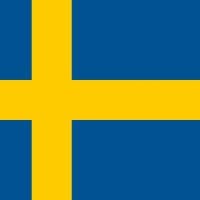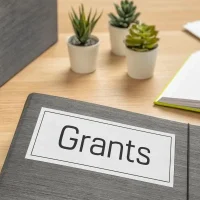Deadline: 5-Mar-23
Proposals are now invited for Targeted Small Grants Program in Australia.
Funds provided by the state government for the Small Grants Round are being invested with farmers and other community organisations to tackle weeds that are impacting valuable agricultural and environmental assets.
Objectives
The WAF Program aims to:
- Provide a more strategic and targeted approach to tackling high priority weeds impacting valuable agricultural and environmental assets.
- Improve the productive value of agricultural land and protect Tasmania’s natural values through removing the harmful effects of serious weed threats.
- Support and co-invest with landowners, local government, and the broader community to take sustainable, long-term, and effective actions to address high priority weeds with eradication as a key objective; and
- Encourage the concept of “shared responsibility” for weed management and biosecurity in general.
Priority Weeds
Weeds Action Fund Targeted Small Grants Round
- Yellow burweed (Amsinckia spp.)
- Heather (Calluna vulgaris).
- Meadow parsley (Oenanthe pimpinelloides).
- New Zealand sedge (Carex flagellifera).
- Bridal creeper (Asparagus asparagoides).
- Besom heath (Erica scoparia).
- Tree heath (Erica arborea).
- Seeding willow (grey sallow) (Salix cinerea).
Funding Information
- Targeted Small Grants of up to $50,000, will be available for projects that stop the spread or eradicate weeds.
- Funded project activities are to be completed by 30 May 2024.
Eligible grant activities
The type of activities eligible for funding through the WAF Program include:
- Weed management activities such as physical removal of weeds, herbicide applications, mulching, and the like. This may include:
- Restoration activities (e.g., revegetation with native species to reduce future weed reinfestation), only where this is part of a weed management strategy.
- Development and implementation of education, extension, and support programs for local landowners and/or regions to support eradication and/or control of priority weeds; and
- Development of a Weed Management Plan to underpin future effective management and control of a priority weed/s.
- Eligible expenditure
- The type of purchases eligible for funding through the WAF Program include:
- Tools, equipment, and protective clothing to be used in proposed grant activities;
- Weed suppressing materials and/or chemicals to be used in proposed grant activities (noting application of chemicals must be applied in accordance with all legal requirements); and/or
- Purchases that support weed management programs (not the cost of items that would normally be purchased as part of existing agricultural or land management activities).
- Not all expenditure on your proposed project may be eligible for grant funding. The Assessment Panel makes the final decision on what is eligible expenditure. You must incur the expenditure on your project between the start date and the end or completion date for your grant agreement for it to be eligible.
Eligibility Criteria
-
To be eligible to apply for a grant you must be an individual or an organisation capable of entering into a legally binding and enforceable agreement with NRM North. Eligible entities include the following:
- Individuals;
- Community groups;
- Primary producers;
- Businesses;
- Schools;
- Local government;
- State government and state government entities;
- Trustee on behalf of a trust; or
- Peak bodies.
-
Joint applications
- NRM North recognises that some organisations may want to form a consortium and submit a joint application to deliver a project. Applications from consortia or groups are eligible if they are submitted via one of the following options.
-
Lead applicant
- The consortium appoints a ‘lead applicant’ who is solely accountable to NRM North for the delivery of grant activities and who is an eligible entity. Only the lead applicant can submit the application form and enter into a grant agreement with NRM North. The application must identify all other members of the proposed group.
- Eligible organisations can form a consortium with ineligible organisations; however, the lead applicant must be an eligible entity.
- All project partners must sign the application form to indicate their agreement to be part of the application. The lead applicant must have a formal arrangement in place with each project partner prior to execution of a grant agreement.
For more information, visit NRM North.









































